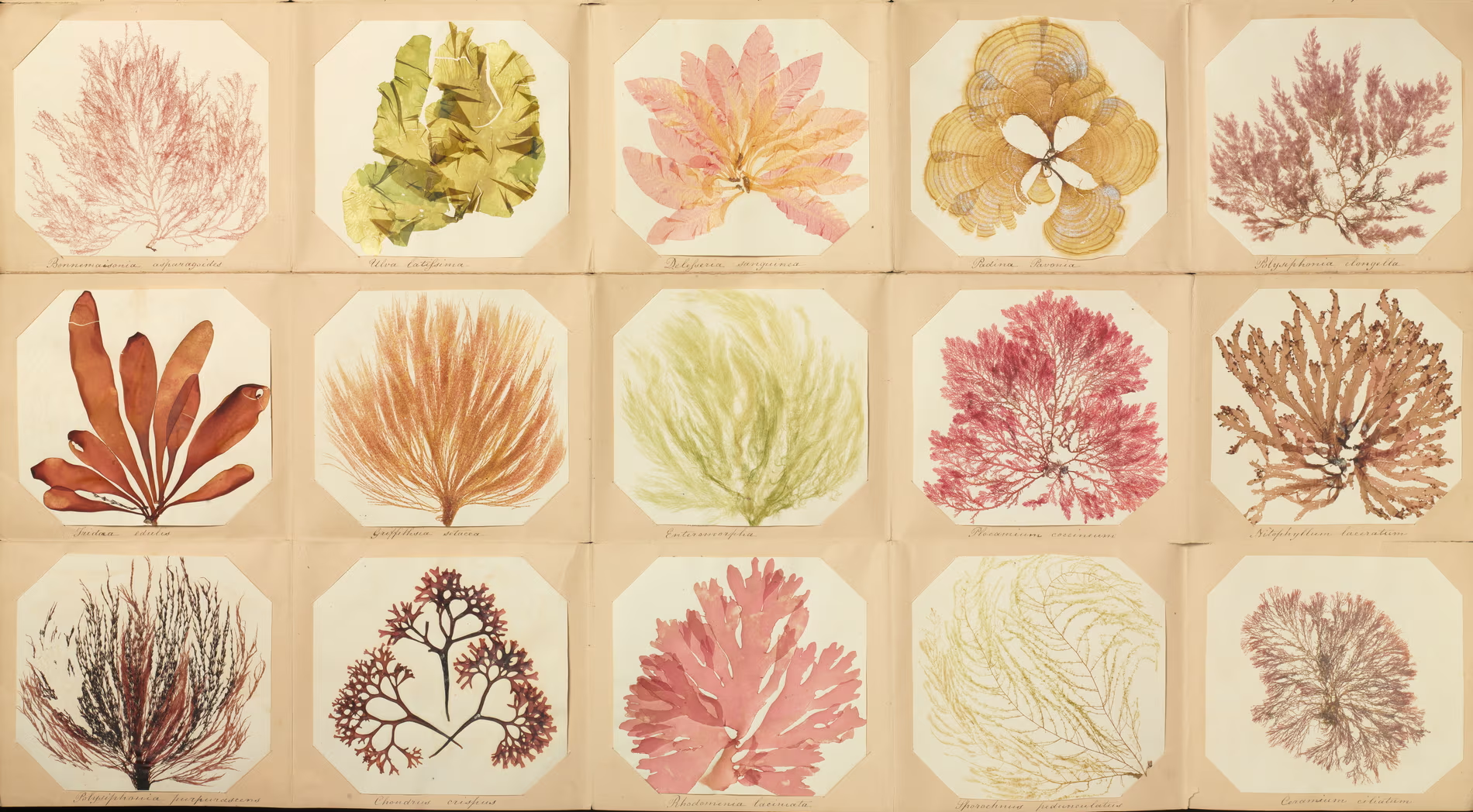The fascinating history of women and seaweed
Seaweed has played a significant role in human societies for centuries, and throughout history, women have been deeply connected to its cultivation, harvesting, and use. This blog post delves into the historical and modern relationships between women and seaweed. It explores the ways in which women have interacted with seaweed throughout various cultures and time periods, examining their roles in traditional practices, economic contributions, and contemporary sustainability efforts. By analysing the multifaceted connection between women and seaweed, this blog aims to highlight the crucial role of women in shaping and sustaining the seaweed industry.
Table of Contents
Women and Seaweed in Traditional Practices
Seaweed has been an essential resource for human civilisations worldwide, and its usage dates back thousands of years. Throughout history, women have been intrinsically linked to seaweed’s harvest, processing, and real-life applications.
Indigenous Cultures
In many indigenous cultures, women were responsible for gathering and processing seaweed for various uses, such as food, medicine, and ritual practices. The knowledge and skills passed down from generation to generation have sustained these practices and contributed to the preservation of local cultures.
Maritime Societies
In maritime societies, women played crucial roles in seaweed harvesting, as their expertise in navigating the coastal environment and their understanding of the sea’s rhythms proved invaluable. The knowledge of different seaweed species and their uses was often transmitted through oral traditions, with women as key knowledge holders.
Women’s Economic Contributions in the Seaweed Industry
Historical Roles
In certain regions, women were actively involved in seaweed trade and commerce, acting as traders and sellers in local markets. Their participation in the supply chain bolstered their economic independence and provided them with an opportunity to support their families.
Victorian Era Beachcombing and seaweed pressings
During the Victorian era, British women engaged in the pastime of beachcombing, searching for shells, fossils, and other treasures along the coastline. Seaweed was also a part of their beachcombing pursuits, and their curiosity about the diverse seaweed species they discovered led to the establishment of seaweed collections. Victorian women took a scientific interest in the seaweed they encountered, meticulously pressing and preserving samples in botanical books. Their dedication to documenting seaweed species and their meticulous record-keeping contributed significantly to our understanding of British seaweed biodiversity.
Seaweed Farming
Throughout history, women have been involved in seaweed farming, contributing to the sustainable cultivation of seaweed for various purposes. Their labor and knowledge were instrumental in the development of traditional seaweed aquaculture practices.
Women and Seaweed in Modern Times
Gender Dynamics in the Seaweed Industry
Despite women’s historical contributions, the seaweed industry has not always been inclusive and gender-balanced. Modernisation and commercialisation have led to shifts in gender dynamics, with women facing challenges such as access to resources, limited leadership roles, and wage disparities.
Sustainable Practices and Women’s Leadership
In recent years, women have been at the forefront of sustainable seaweed practices and conservation efforts. Their intimate knowledge of local ecosystems and traditional techniques has proven invaluable in promoting responsible harvesting and seaweed cultivation.
South Korea: The Haenyeo Divers
For example the Haenyeo Divers. The Haenyeo divers of South Korea are a remarkable example of women’s longstanding relationship with seaweed. These free-diving women have been harvesting seaweed for generations, forming a unique matriarchal society centred around marine resources.
Zanzibar: Seaweed Farming Cooperatives
The Seaweed Farming Cooperatives of Zanzibar provide another example. Here, women have taken a leading role in seaweed farming cooperatives, driving economic empowerment and community development. These cooperatives have become models of sustainable seaweed farming and social cohesion.
Norway: Lofoten Seaweed
At Lofoten Seaweed we are proud to be a female-led business that provides opportunities for local women. Lofoten’s traditional settlements were based around the annual cod fisheries, an industry that is alive and thriving today. Within this male-dominated industry we have established ourselves, and have gained the respect of our local fishing community. After some initial confusion over the concept of placing such value on seaweed, now our local fishermen support and celebrate what we do, which represents an evolution of the way in women’s relationship with the ocean here in Lofoten is regarded.
Challenges and Opportunities
Gender Equality in the Seaweed Industry
Gender disparities persist in the seaweed industry, inhibiting women’s full participation and leadership. Empowering women through education, training, and policy initiatives can promote gender equality and enhance the industry’s sustainability.
Climate Change and Seaweed
Climate change poses significant challenges to seaweed ecosystems, affecting women who rely on these resources for their livelihoods. Understanding and adapting to these changes are crucial for both environmental conservation and women’s economic well-being.
Conclusion
The historical and modern relationships between women and seaweed are multifaceted and dynamic. From traditional practices to contemporary sustainability efforts, women have played pivotal roles in the cultivation, harvesting, and use of seaweed. Acknowledging and empowering women in the seaweed industry is vital for its continued growth, sustainability, and social progress. By fostering gender equality and supporting women’s leadership, we can ensure a prosperous future for both women and the seaweed industry.
